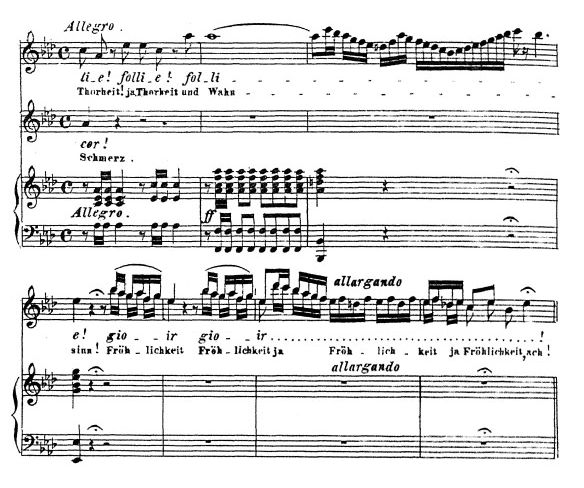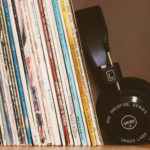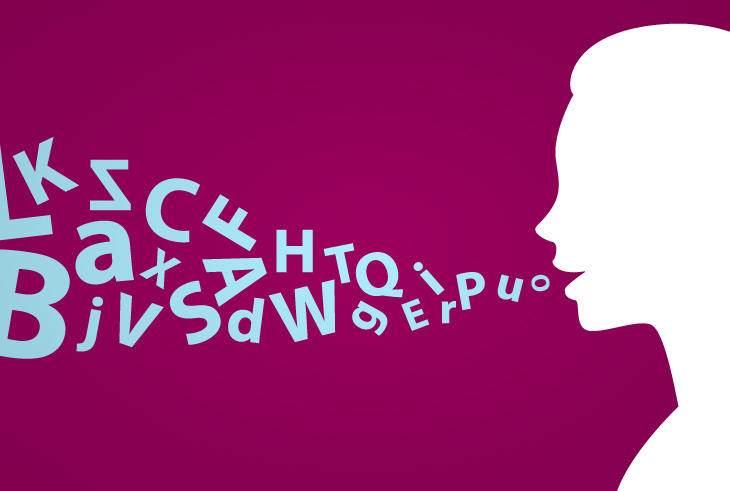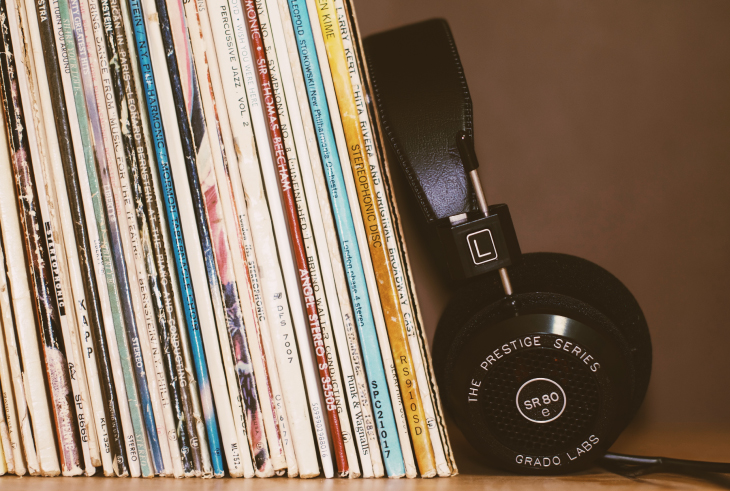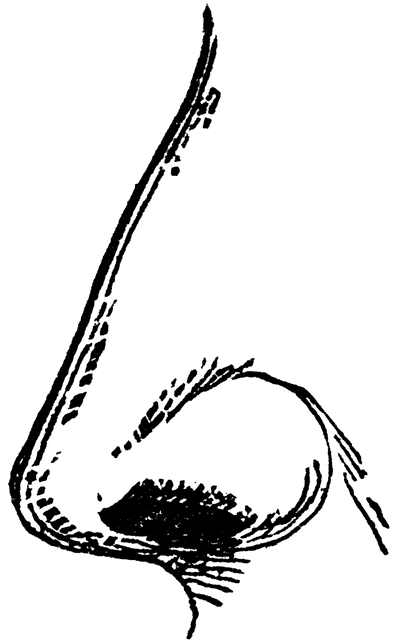
Nasality – a feature or a bug?
Getting stuck anywhere is an issue that we all want to avoid. We don’t want our car to get stuck in the mud, and we don’t want our tone to get stuck in the nose. Why? Well, once we are stuck we can’t move.
For singers who have a nasality problem, getting stuck means being able to produce only one tonal color, difficulty creating vowels and difficulty with our high range. Those are definitely bugs in our singing technique!
But of course there is a good side to having a nasal sound. “Twang” or nasality is common in some styles, such as in country music, and the singer intentionally adds this feature to the tone. In that case, it’s a feature, not a bug!
It becomes a negative issue, or vocal fault, if it is all you can do. If you can’t change it up as needed, and must sing nasal even when the style absolutely doesn’t want it, that’s when you know you are “stuck” and can’t get out.
What does the nasal sound mean about the singer’s issues?
It could mean that the singer is allowing the soft palate at the back of the roof of the mouth to remain open so that air and tone are escaping through the nose. When that tone goes through the nose it is filtered by the nose and sounds “nasal.” That singer needs to do some work on creating awareness of the soft palate. A nice way to do this is to work with bilabial consonants like p and b which will close the soft palate. Doing this gives the singer a tool to create the better tone and a means to transferring that feeling and tone to other sounds.
Nasality can also be a symptom of excess throat constriction. When the muscles in the larynx aren’t developed and coordinated well, then there is often some sort of throat constriction present. This will manifest itself as having many symptoms including a tightness in the throat, as well as the tone seeming to be stuck in the nose. This kind of excessive nasality then is a symptom of something being off in the sound source and requires the help of a teacher.
You see, the goal is to develop a wide palette of colors to use when you sing. To do that we have to know how to create all the different tones AND to be able to spot tension and constriction in the sound. When that happens, we are no longer stuck! We are free and able to make choices that express our unique imagination in any given moment.
about the author
Allen Rascoe Allen has been enjoying singing since he was a little kid. He officially studied voice at ECU and USC. However, he ran... Read More

RECENT ARTICLES
-

Career Your Opportunities for a Fulfilling Career in Singing
-

Basic Skills, Beginners, Tips Tips To Improve Your Singing Voice
-

Exercises, Warmups 10 Vocal Warm-ups to Change the Way You Sing
-

Basic Skills, Beginners, Exercises, Songs, Voice Teachers, Warmups What is My Vocal Range – Identify, Master and Expand Your Range
RECENT IN KNOWLEDGE
Recent Topics
- Beginning Voice Lessons (1)
- Breathing Techniques (1)
- Confidence (1)
- Experienced Teacher (1)
- Kids Singing Lessons (1)
- Musical Career (1)
- Practice (1)
- Private Lessons (1)
- Professional Singer (2)
- Sing (1)
- Singing Teachers (2)
- Style (1)
- Teach Online (1)
- Vocal Exercises (1)
- Vocal Health (1)
- Vocal Music (1)
- Vocal Pitch (3)
- Vocal Range (4)
- Voice Coach (1)
- Voice Exercises (2)
- Voice Training (4)
- Young Vocalist (1)
Categories
- Basic Skills (7)
- Beginners (8)
- Career (2)
- CCM (1)
- Contemporary Commercial Music (1)
- Crossing Over (1)
- Exercises (2)
- Online Lessons (3)
- Online Voice Lessons (1)
- Songs (2)
- Students (6)
- Tips (4)
- Vocal Coaches (1)
- Voice Teachers (2)
- Warmups (2)
Testimonials




